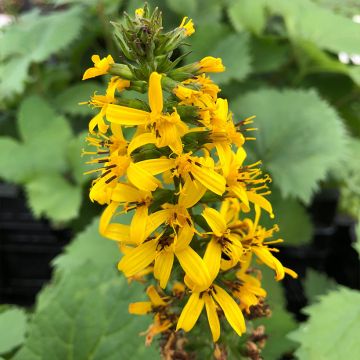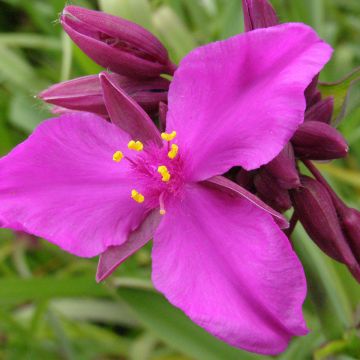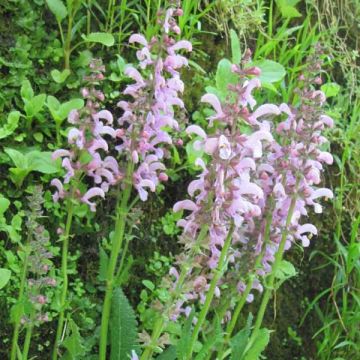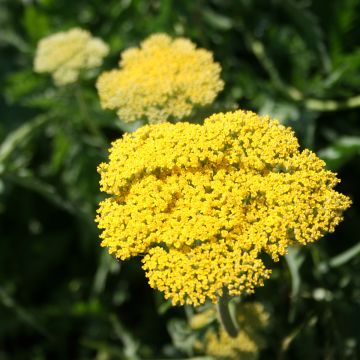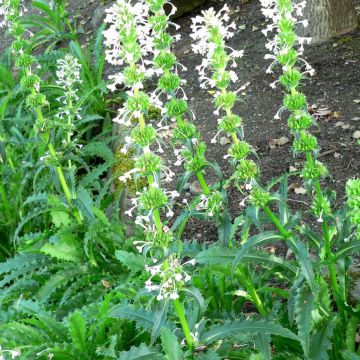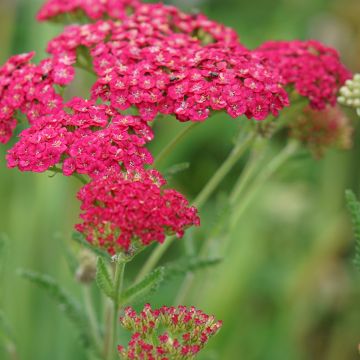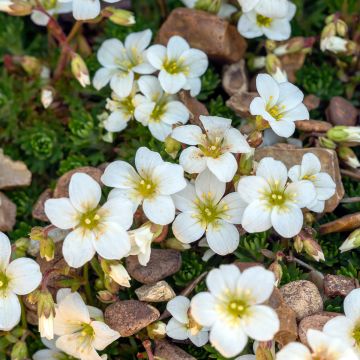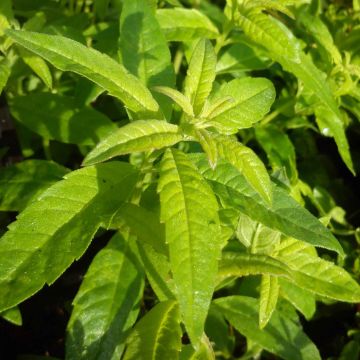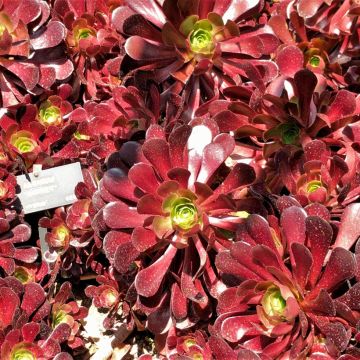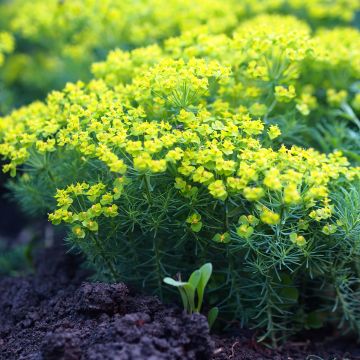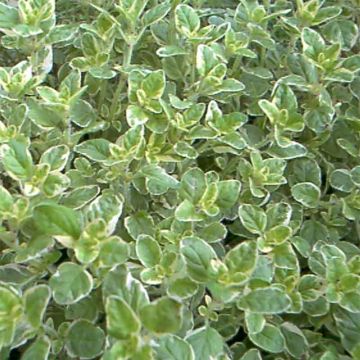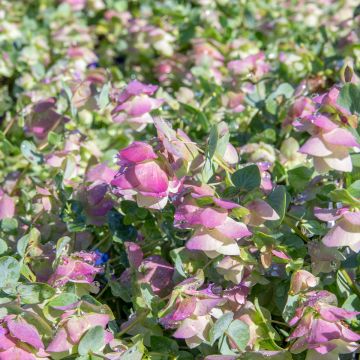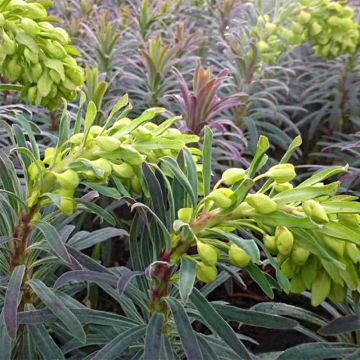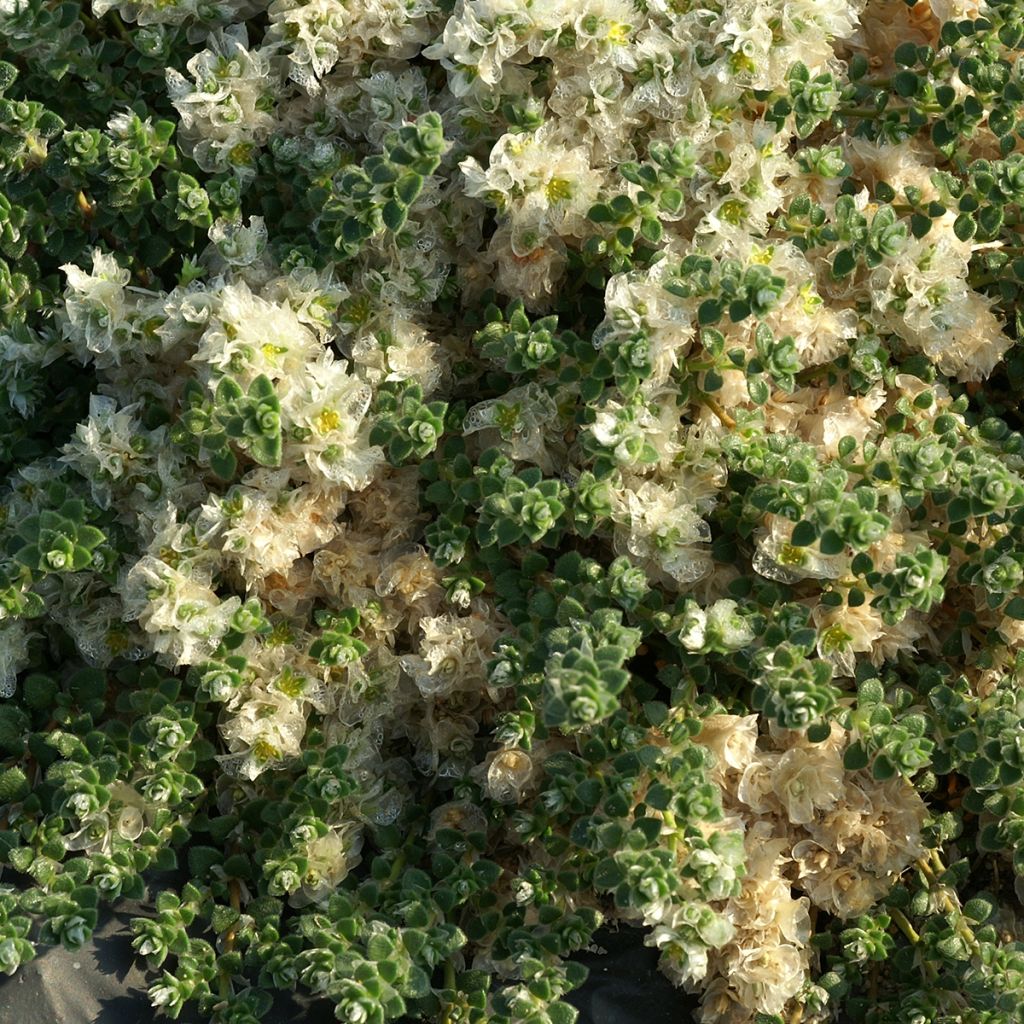

Paronychia kapela subsp. serpyllifolia
Paronychia kapela subsp. serpyllifolia
Paronychia kapela subsp. serpyllifolia
Thyme-leaved Nailwort
Very lovely hardy ground cover quickly tapetum.
Marie, 20/03/2023
This item cannot be shipped to the selected country
Delivery charge from €5.90
Delivery to Corse prohibited
More information
Schedule delivery date,
and select date in basket
This plant carries a 12 months recovery warranty
More information
We guarantee the quality of our plants for a full growing cycle, and will replace at our expense any plant that fails to recover under normal climatic and planting conditions.
From €5.90 for pickup delivery and €6.90 for home delivery
Express home delivery from €8.90.
Delivery to Corse prohibited: UE law prohibits the import of this plant from mainland France to Corse as part of the fight against Xylella fastidiosa. Please accept our sincere apologies.
More information
Does this plant fit my garden?
Set up your Plantfit profile →
Description
The Paronychia kapela ssp. serpyllifolia, also known as the Thyme-leaved Paronychia, forms, somewhat like creeping thymes, low carpets of green-gray color, sometimes tinged with orange in autumn, attractive all year round. In spring or summer, its foliage almost disappears under a curious flowering that resembles ivory tissue paper with silvery and pearly reflections. Once well established, this paronychia is perfectly resistant to frost and lack of water. Its unique beauty works wonders in rockeries, on dry slopes, above walls, in gravel beds...
The Paronychia kapela ssp. serpyllifolia (formerly Illecebrum serpyllifolium) belongs to the Caryophyllaceae family. It is a perennial and evergreen undershrub native to the western Mediterranean. In nature, it can be found in limestone meadows and on rocks, both in plains and mountains. In France, this species is naturally present in the southeast and in the Pyrenees region. It is a very hardy xerophyte plant adapted to nitrogen-poor, highly calcareous, well-drained soils, even dry in summer and winter. Kapel's paronychia develops long ramified stems covered with tiny tile-shaped leaves, succulent and leathery, gray-green in color. Due to the cold, the stems and leaves often take on orange to reddish tones. The vegetation does not exceed 5 cm (2in) in height, but spreads over more than 50 cm (20in). Flowering occurs from April to June, depending on the climate. The tiny flowers have no petals, but a few inconspicuous yellowish-green sepals. However, they are surrounded by numerous translucent bracts of light color, with a papery texture and pearly reflections. The dried flowers remain decorative for a long time, so the carpet always appears in bloom until September.
The Thyme-leaved Paronychia is a true plant for arid rock gardens that becomes surprisingly robust, hardy, and persistent under such conditions, without requiring much attention. Forming a superb silvery carpet in the sun, planted in small groups in a rockery, on a slope, or as a border in a raised bed, it can also be used as an alternative to lawn in very sunny and lightly trodden areas. It is a small plant adapted to waterless gardens in the Mediterranean zone, but also in alpine gardens. Combine it with rockroses, low cistus, Origanum dictamnus, Sempervivum, Corsican spurge, Sedum spurium, Antennaria dioica Rubra...
Report an error about the product description
Paronychia kapela subsp. serpyllifolia in pictures
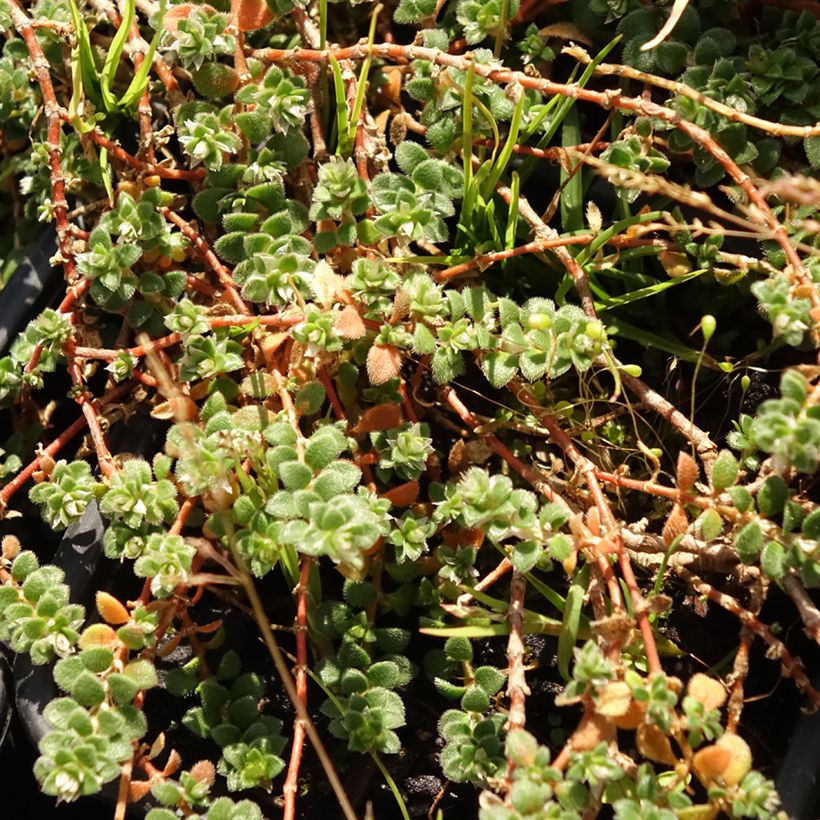

Flowering
Foliage
Plant habit
Botanical data
Paronychia
kapela subsp. serpyllifolia
Caryophyllaceae
Thyme-leaved Nailwort
West Asia
Other Perennials A to Z
Planting and care
The Paronychia kapela is above all a plant of dry rockery, which is cultivated in the sun in any very well-drained, poor, rocky or stony soil. In the rockery, place it in a pocket filled with gravel and a little unfertilized soil. This plant does not tolerate heavy and humid soils, in winter as well as in summer. Limestone is not a problem, and it also accepts neutral to slightly acidic soils. Once well rooted, the paronychia resists drought very well in summer and winter. Plant in March-April in our northern regions, but rather in October in the Mediterranean zone.
To obtain a beautiful field of plants, plant several plants spaced 30-40 cm (12-16in) apart. The paronychia will need to be regularly watered the first summer to facilitate recovery (generous but spaced waterings, allowing the soil to dry a little between two waterings). The stems can be pinched in late winter to promote branching.
Planting period
Intended location
Care
-
, onOrder confirmed
Reply from on Promesse de fleurs
Mediterranean perennials
Haven't found what you were looking for?
Hardiness is the lowest winter temperature a plant can endure without suffering serious damage or even dying. However, hardiness is affected by location (a sheltered area, such as a patio), protection (winter cover) and soil type (hardiness is improved by well-drained soil).

Photo Sharing Terms & Conditions
In order to encourage gardeners to interact and share their experiences, Promesse de fleurs offers various media enabling content to be uploaded onto its Site - in particular via the ‘Photo sharing’ module.
The User agrees to refrain from:
- Posting any content that is illegal, prejudicial, insulting, racist, inciteful to hatred, revisionist, contrary to public decency, that infringes on privacy or on the privacy rights of third parties, in particular the publicity rights of persons and goods, intellectual property rights, or the right to privacy.
- Submitting content on behalf of a third party;
- Impersonate the identity of a third party and/or publish any personal information about a third party;
In general, the User undertakes to refrain from any unethical behaviour.
All Content (in particular text, comments, files, images, photos, videos, creative works, etc.), which may be subject to property or intellectual property rights, image or other private rights, shall remain the property of the User, subject to the limited rights granted by the terms of the licence granted by Promesse de fleurs as stated below. Users are at liberty to publish or not to publish such Content on the Site, notably via the ‘Photo Sharing’ facility, and accept that this Content shall be made public and freely accessible, notably on the Internet.
Users further acknowledge, undertake to have ,and guarantee that they hold all necessary rights and permissions to publish such material on the Site, in particular with regard to the legislation in force pertaining to any privacy, property, intellectual property, image, or contractual rights, or rights of any other nature. By publishing such Content on the Site, Users acknowledge accepting full liability as publishers of the Content within the meaning of the law, and grant Promesse de fleurs, free of charge, an inclusive, worldwide licence for the said Content for the entire duration of its publication, including all reproduction, representation, up/downloading, displaying, performing, transmission, and storage rights.
Users also grant permission for their name to be linked to the Content and accept that this link may not always be made available.
By engaging in posting material, Users consent to their Content becoming automatically accessible on the Internet, in particular on other sites and/or blogs and/or web pages of the Promesse de fleurs site, including in particular social pages and the Promesse de fleurs catalogue.
Users may secure the removal of entrusted content free of charge by issuing a simple request via our contact form.
The flowering period indicated on our website applies to countries and regions located in USDA zone 8 (France, the United Kingdom, Ireland, the Netherlands, etc.)
It will vary according to where you live:
- In zones 9 to 10 (Italy, Spain, Greece, etc.), flowering will occur about 2 to 4 weeks earlier.
- In zones 6 to 7 (Germany, Poland, Slovenia, and lower mountainous regions), flowering will be delayed by 2 to 3 weeks.
- In zone 5 (Central Europe, Scandinavia), blooming will be delayed by 3 to 5 weeks.
In temperate climates, pruning of spring-flowering shrubs (forsythia, spireas, etc.) should be done just after flowering.
Pruning of summer-flowering shrubs (Indian Lilac, Perovskia, etc.) can be done in winter or spring.
In cold regions as well as with frost-sensitive plants, avoid pruning too early when severe frosts may still occur.
The planting period indicated on our website applies to countries and regions located in USDA zone 8 (France, United Kingdom, Ireland, Netherlands).
It will vary according to where you live:
- In Mediterranean zones (Marseille, Madrid, Milan, etc.), autumn and winter are the best planting periods.
- In continental zones (Strasbourg, Munich, Vienna, etc.), delay planting by 2 to 3 weeks in spring and bring it forward by 2 to 4 weeks in autumn.
- In mountainous regions (the Alps, Pyrenees, Carpathians, etc.), it is best to plant in late spring (May-June) or late summer (August-September).
The harvesting period indicated on our website applies to countries and regions in USDA zone 8 (France, England, Ireland, the Netherlands).
In colder areas (Scandinavia, Poland, Austria...) fruit and vegetable harvests are likely to be delayed by 3-4 weeks.
In warmer areas (Italy, Spain, Greece, etc.), harvesting will probably take place earlier, depending on weather conditions.
The sowing periods indicated on our website apply to countries and regions within USDA Zone 8 (France, UK, Ireland, Netherlands).
In colder areas (Scandinavia, Poland, Austria...), delay any outdoor sowing by 3-4 weeks, or sow under glass.
In warmer climes (Italy, Spain, Greece, etc.), bring outdoor sowing forward by a few weeks.

































